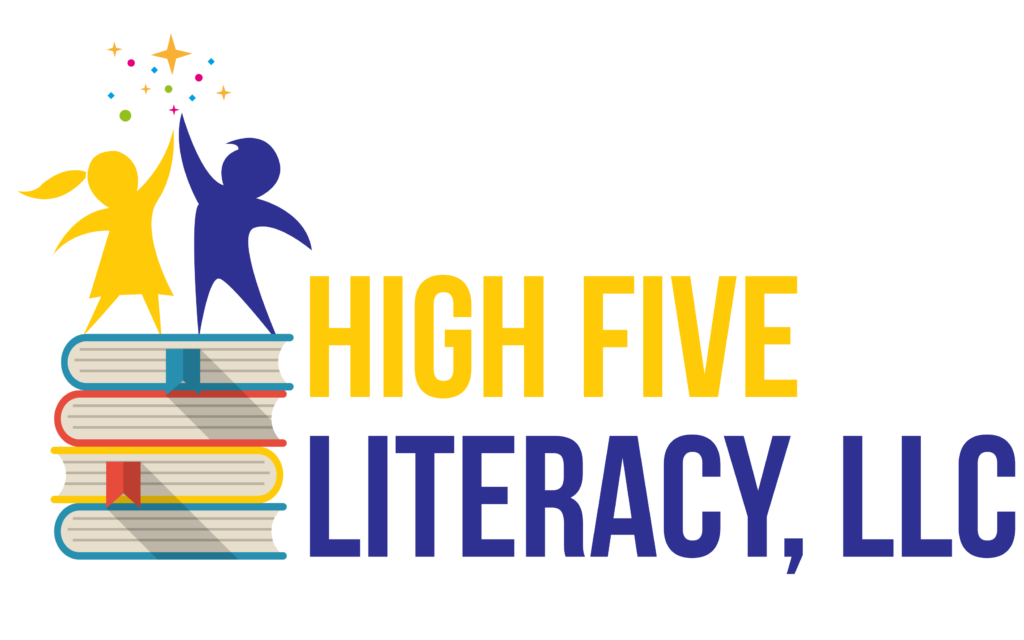 Finland is universally ranked as having the top educational system in the world. Before Finnish children enter school, many attend a daycare program that builds skills they will need before formal schooling. Through teacher-directed play and free play, children learn how to problem-solve and think creatively. They are not bombarded with hours of homework and are not taught to read until age seven; in Finland, they know that the joy of learning is the most important prerequisite for later success.
Finland is universally ranked as having the top educational system in the world. Before Finnish children enter school, many attend a daycare program that builds skills they will need before formal schooling. Through teacher-directed play and free play, children learn how to problem-solve and think creatively. They are not bombarded with hours of homework and are not taught to read until age seven; in Finland, they know that the joy of learning is the most important prerequisite for later success.
However, once Finnish children do begin to read, it is much easier to teach them since there is a completely transparent alphabet code. This means that every word sounds exactly as it is written. Once children learn the alphabet, they usually learn how to read quickly. Each letter has one sound, and only one sound. In English, this is not the case. We don’t have a one-to-one correspondence between letters and sounds. The /s/ sound can be a letter S or the letter C. The /z/ sound can be the letter Z or the letter S. Also, two, three, and even four letters can represent one sound. The long /o/ sound can be just an “o” as in no, or it can be “o” like in boat, row, toe, bone, and though. This can be so confusing when learning how to read English. Then, there can be the same letter team used for different sounds. For instance, look at the words, eat, bread, and steak. The “ea” vowel team has a different sound in each word.
We can all agree children need developmentally appropriate skills: active, hands-on learning, social-emotional development, self-regulation, and most importantly, time to play and explore. The United States should look to Finland as an early childhood education model, particularly, the value and importance the Finnish people place on the crucial first six years of a child’s life and the thought, attention, and funding they give to their daycare and primary school systems. However, it is unreasonable to compare American literacy rates with literacy rates in a country such as Finland. Because of the complexity of the English language, American children need much more time and practice to master the basics of learning how to read and write. The unreasonable expectations of the Common Core Standards in the early grades need to be revised. Rather than overwhelm young children with content that is developmentally inappropriate, we need to slow down, teach thoroughly, build a strong foundation, let children master the alphabetic code, expand their vocabularies, and model spoken and written language. Only then can we expect American students to move through the public school system and become college and career ready.
(High Five Literacy and Academic Coaching is located in Plainview, Long Island.)
*If you found this post informative or interesting, please follow my blog by entering your email below. You will be notified by email whenever a new post is published.

2 Comments. Leave new
Interesting article!
[…] using phonics, the alphabetic code itself is complex. As explained in my prior blog post, Literacy: Finland vs. USA, other languages are much easier to decipher because there is a one-to-one correspondence between […]